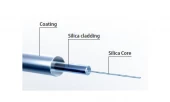Description
Our **Silica Core Singlemode Fiber** is engineered to deliver exceptional performance in a variety of networking applications. Designed with a **silica cladding** and specialized coating, this fiber ensures optimal signal transmission with minimized attenuation. The fiber's robust construction makes it ideal for **LAN, FTTX, and long-distance applications**, providing a reliable backbone for modern communication networks.
The **G.657.A1 compliant fibers** are specifically designed to integrate seamlessly with existing network infrastructures. These fibers offer enhanced bending properties, ensuring that they maintain performance even in challenging installation environments. The precision in fiber geometry and diameter tolerances guarantees compatibility with system demands, making them a perfect fit for LAN networks. For FTTX applications, these fibers provide a **cost-effective and future-proof solution**, ensuring network scalability and robustness.
In long-distance communication scenarios, our **G.652.D singlemode fibers** stand out by offering consistent performance and cost advantages. These fibers are engineered to support high data rate transmissions over extended distances, ensuring that your network remains efficient and reliable. With their proven track record and adherence to industry standards, these fibers are a trusted choice for high-performance optical networks.
Standard Singlemode Fiber - ITU-T G.657 A.1
Specifications
| Mode Field Diameter (MFD): | 8.6 um |
|---|---|
| Wavelength Range: | 1300 – 1700 nm |
| Fiber Core Material: | Silica |
| Cable Length: | Custom |
| Mode Field Diameter @ 1550nm: | 9.8 um |
Features
- High-Performance Singlemode Fibers: Designed for bridging larger distances in LAN cabling and FTTX applications, offering reliable and consistent performance.
- ITU-T G.657.A1 Compliant: These fibers are compatible with existing networks and offer optimized bending properties, ensuring robust and cost-efficient solutions.
- Low Attenuation: Features the lowest attenuation with perfect fiber geometry and tight diameter tolerances, meeting the demands of LAN networks.
- Future-Proof Design: Ideal for FTTX applications, providing a robust solution with a perspective for future network expansions.
- Cost Advantages in Long-Distance Applications: G.652.D singlemode fibers guarantee cost efficiency and performance consistency, crucial for high data rate transmission over long distances.
- Macrobending Loss: Bend-induced attenuation is minimized for various radii and turns, ensuring high performance in challenging installations.
- Cut-off Wavelengths: Fiber cut-off wavelength λc [nm]: 1200–1330; Cable cut-off wavelength λcc [nm]: ≤ 1260
Applications
- LAN Cabling Systems: Reliable bridging of long distances within enterprise networks.
- FTTX Deployments: Robust and cost-effective fiber for broadband access networks.
- Long-Distance Transmission: Supports high data rate transmission across metro and backbone networks.
- Dense Urban Networks: Ideal for installations requiring tight bends and space-saving routing.
Frequently Asked Questions
What are the benefits of using G.657.A1 compliant fibers?
What is the Standard Singlemode Fiber - ITU-T G.657 A.1?
What are the requirements for using G.652.D singlemode fibers in long-distance applications?
What is the bend-performance of the LBL singlemode fiber compared to other SMF?
What is the typical spectral attenuation for LWP SMF+?
Similar Products



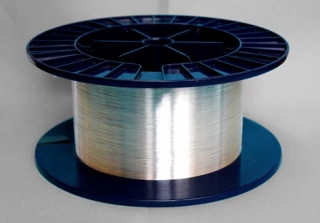
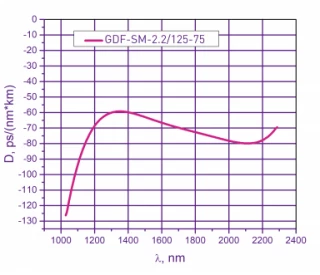

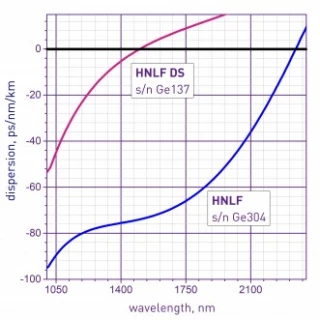

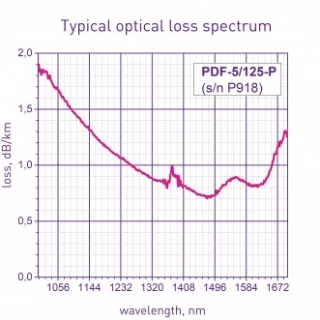
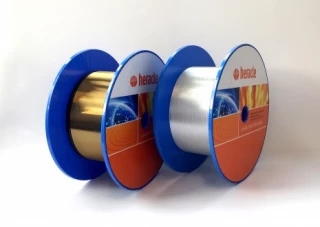
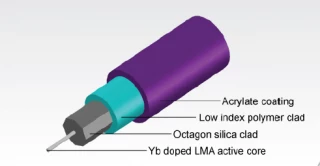
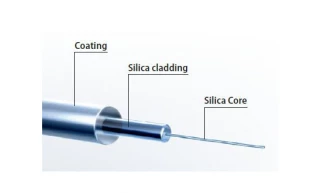
Your inquiry has been received.
Create an account by adding a password
Why create an account?
- Auto-complete inquiry forms
- View and manage all your past messages
- Save products to your favorites
- Close your account anytime — no hassle
